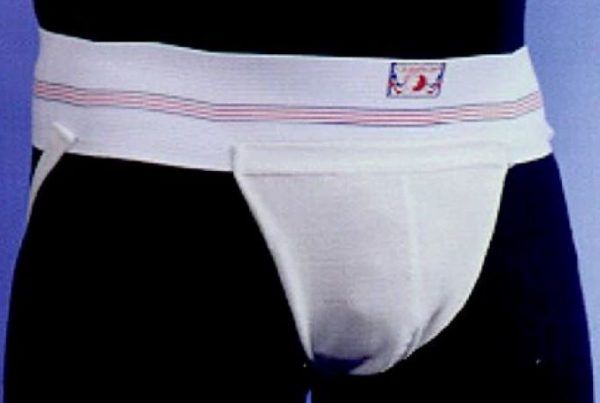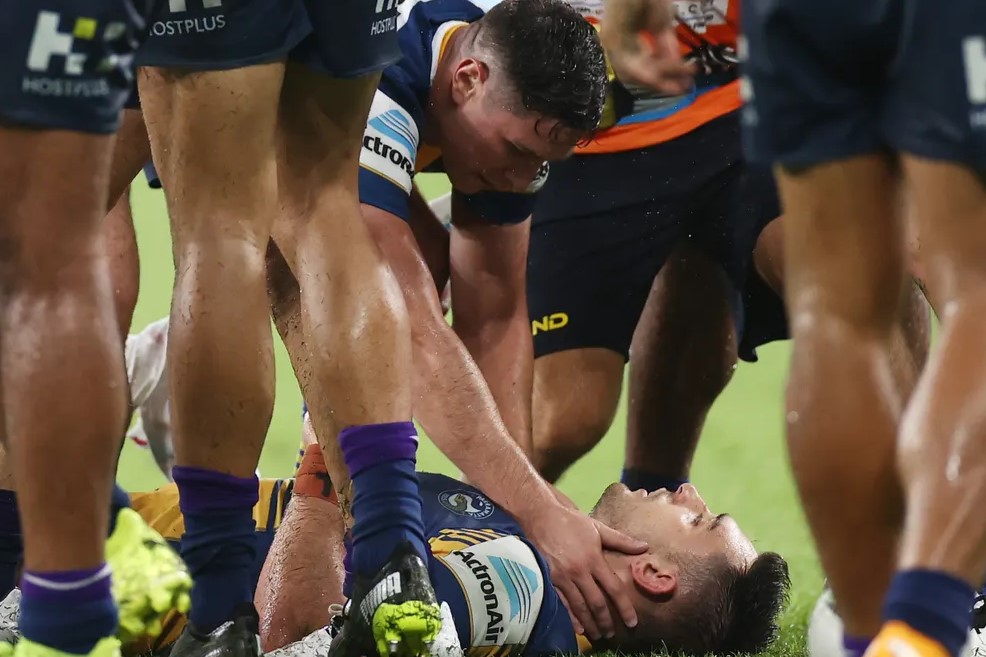
France’s captain Antoine Dupont was recently hit in the face after a head-to-head clash with the opposing team’s captain. He already had surgery and is expected to return to his team. Although, it’s not clear yet when he will get to play again in the tournament.
Rugby, as a contact sport, can result in common injuries. According to the World Rugby Passport, facial injuries account for 8% of all sports-related injuries.
Facial injuries usually occur during tackles, collisions, scrums, jumps, and between players. For example, enthusiastic play of rugby may cause orofacial injuries.
How to Manage Facial Injuries?
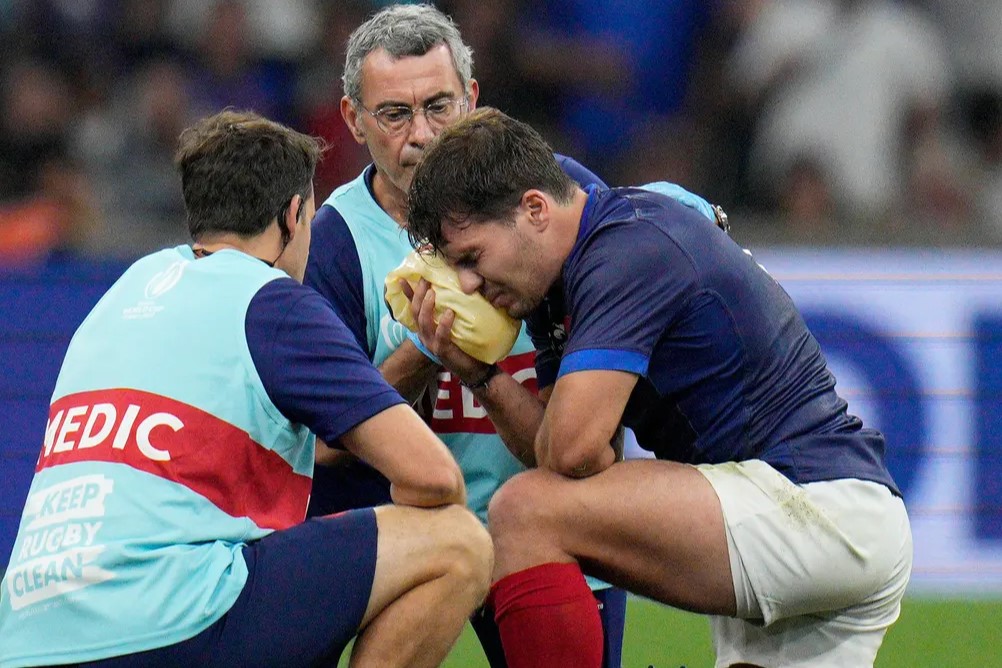
Step One
When facial injuries occur, a primary survey and any essential resuscitation need to be completed. After that, assessment and management of other injuries during the secondary survey will be done.
World Rugby Passport said patients with facial injuries are usually able to protect their airways. It’s a different case If there is a reduced consciousness level, a significant mid-face fracture or bleeding in the nasopharynx (oral cavity). If that’s the case, then the airway may be at risk especially if the player is laid supine.
Step Two
A secondary survey is also crucial. The second evaluation is when both soft and hard tissues are checked. Nothing should be missed this time, including looking through the oral cavity. Any rugby injury should be fully evaluated, after all.
Step Three
The third way to manage facial injury is to clean the wound. You must clean it thoroughly with saline because dirty wounds will stay that way if not managed properly.
Fractures can happen as well. When fractures are treated, it requires local or regional anaesthesia. Lastly, any wound should be closed with sutures, staples, and closure adhesive strips or glue.
When Can a Player Return to the Game?
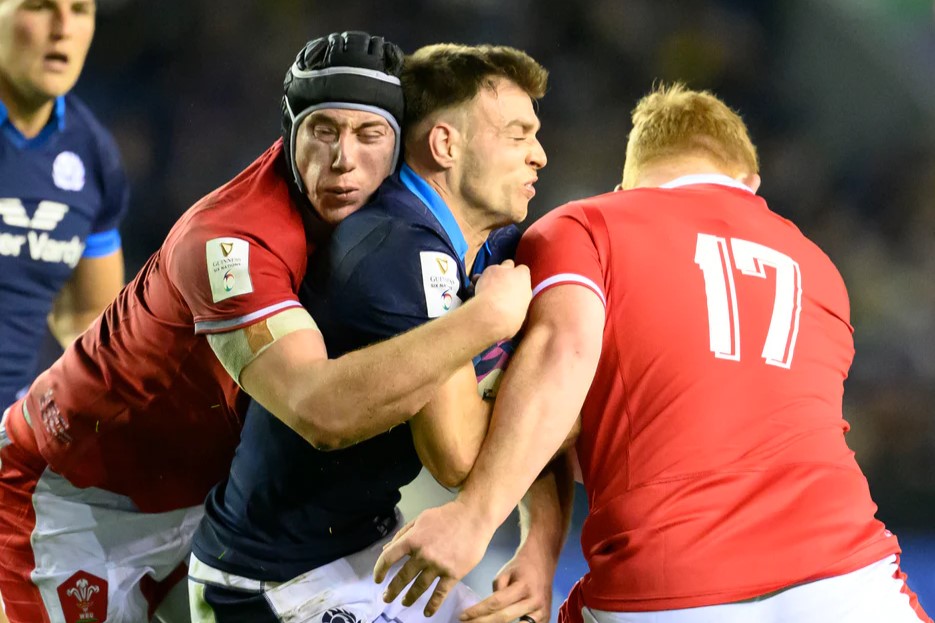
Rugby players with facial trauma may return to play after six to eight weeks of rest. Bruising or swellings can be cleared in over two to three weeks. The lack of physical sensation stemming from nerve damage may take longer to recover.
How to Prevent Facial Injuries?
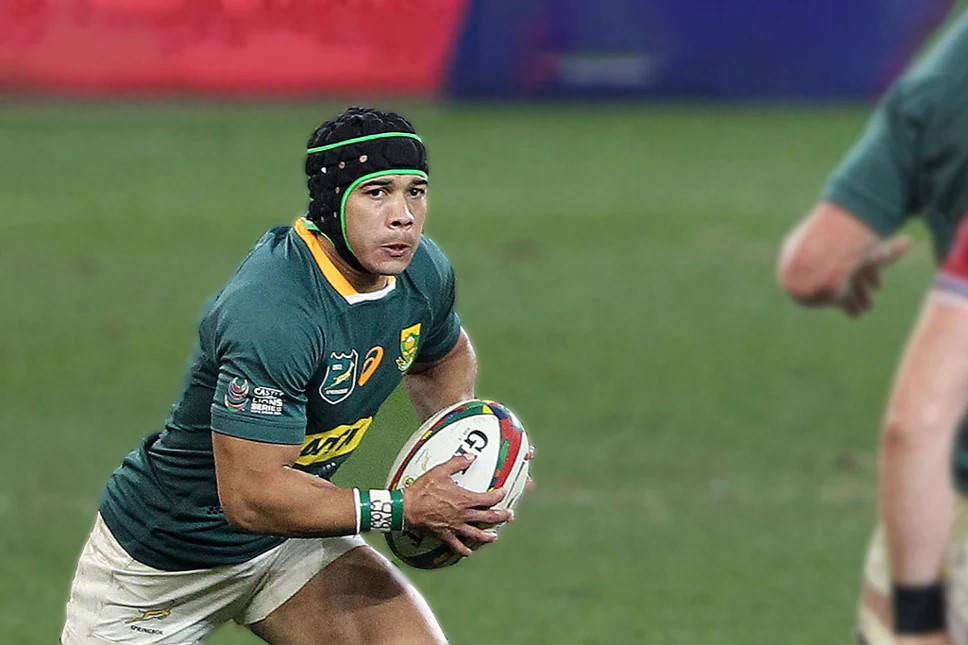
A band-aid solution for injury prevention is head guards and mouthguards. However, experts said there are other risks to consider while wearing protective gear such as extreme tackling. Moreover, many professional players do not wear head guards anyway.
A 2010 study found that tackling in a match has the highest risk of injury. Tackle contact can be physically demanding and requires high technical skill. If not done accurately, it could lead to serious injury.
The study recommended that offering a player a visual template or criterion model with instruction before engaging in match-play contact. This way, it will produce safe and successful participation in rugby.
In Conclusion
Like any contact sport, facial injuries are more common than you think. More so that just recently, France’s very own Antoine Dupont got one right to the face. Due to their prevalence, players should be combated with ways to treat and prevent them.
An injured player should be evaluated at least three times by a medical professional. The wounds should be managed through proper cleaning and treatment. A professional rugby player with this type of injury will only be allowed to play again after a six-to-eight-week rest period.
Rugby unions have shown the importance of using head guards and mouthguards for their players’ protection. Pro athletes don’t use them as much though. Because of this, it’s recommended to give out a visual template instead so that players can have a safer play.



